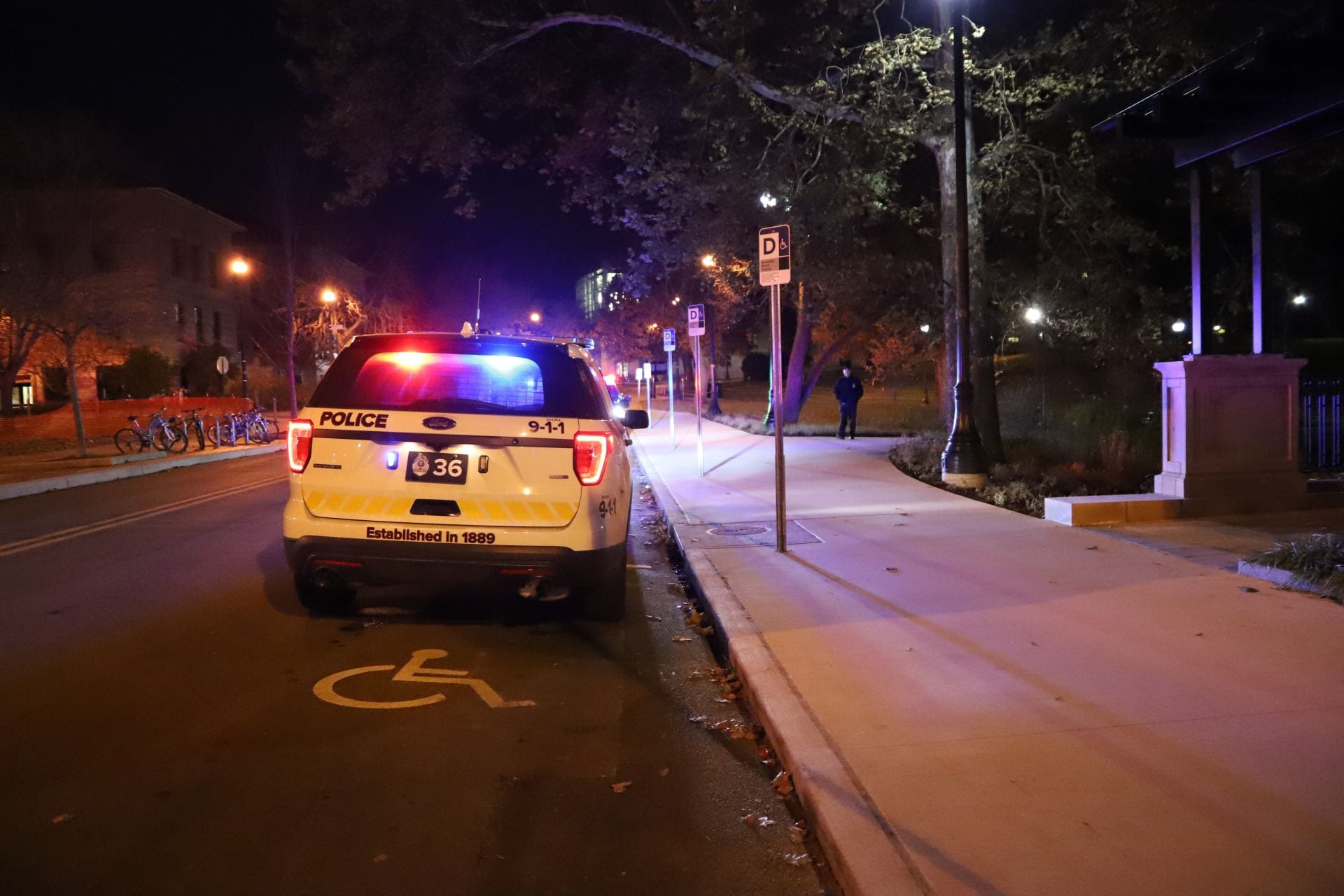As the cold winds of winter approach, an invasion of massive proportion begins. Ladybugs start to congregate around windowsills and doorways, eventually entering homes and businesses, searching for a winter refuge.
“The ladybugs entering homes are actually Asian lady beetles,” said Margaret Huelsman, program manager at Ohio State’s Integrated Pest Management program. “The common name is the Multicolored Asian Lady Beetle, or MALB.”
“The beetles were introduced into the U.S. in the ’70s and ’80s,” Huelsman said. “The beetles were brought in as a biological control agent.”
Despite their overwhelming presence, the beetles actually play a vital role in protecting plants from pests.
“They have a voracious appetite,” Huelsman said. “They eat aphids, scale insects and other pests that injure plants. They really do an effective job of removing such pests, especially the soybean aphid”
While, the beetles may kill off pests on plants, they are also pests themselves.
“They are kind of a nuisance,” said Adam Meigs a sophomore who works in Building Services at OSU. “They get into everything.
“We are constantly sweeping the dead ones up,” he said. “They clump up in entryways and bathrooms. It seems like there are hundreds of them clumped up in a corner.”
The beetles enter into buildings trying to hibernate for winter, Huelsman said.
“It’s really an accident that they come into homes,” Huelsman said.
No homes are sealed completely and the beetles get under the home’s siding and into windowsills. The beetles see light and begin to move into the homes, through the crevices, Huelsman said.
“The beetles that are the problem were imported from Asia, where they hibernate in rock cliffs,” Huelsman said. “We don’t have rock cliffs here and the closest thing the beetles can find happens to be houses and buildings.”
Once they get into a building the warm air inside causes problems for beetles, Huelsman said. “They don’t hibernate and begin to look for food, but there isn’t any and the beetles starve to death.”
The beetles are carnivorous and really don’t eat plants, said Barbara Bloetscher a diagnostician in the C. Wayne Ellet Plant and Pest Diagnostic Clinic.
“The beetles themselves don’t have predators,” Bloetscher said. “They secrete a yellowish liquid that smells really bad to other insects, and birds don’t eat them because of the beetles’ foul taste.”
According to Integrated Pest Management program there have been reports of the beetles moving out of the soybean fields beginning the week of Sept. 8. The beetles have been reported to be moving to fruits as they load up on carbohydrates before the winter hibernation.
“The migration to fruit is new and we are still not sure that they are actually eating the fruit,” Huelsman said. “I doubt the beetles are biting the fruits and breaking the skin. It might be the case that the beetles are feeding on fruits that have been damaged and have open sores, but it’s something that we are researching.”
The beetles are also known to bite humans.
“Although it’s rare, the beetles do bite. They will bite people, and what they are doing is tasting you to see if you are edible,” Bloetscher said.


